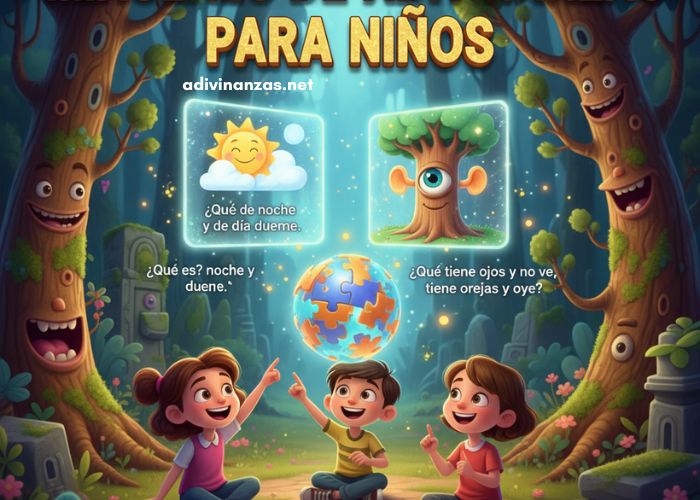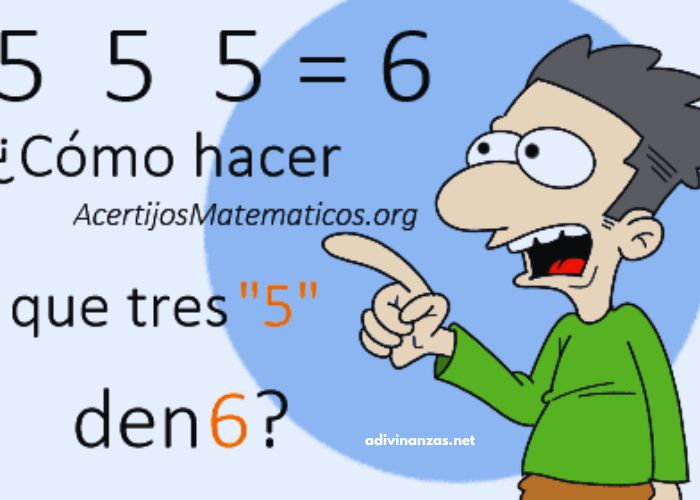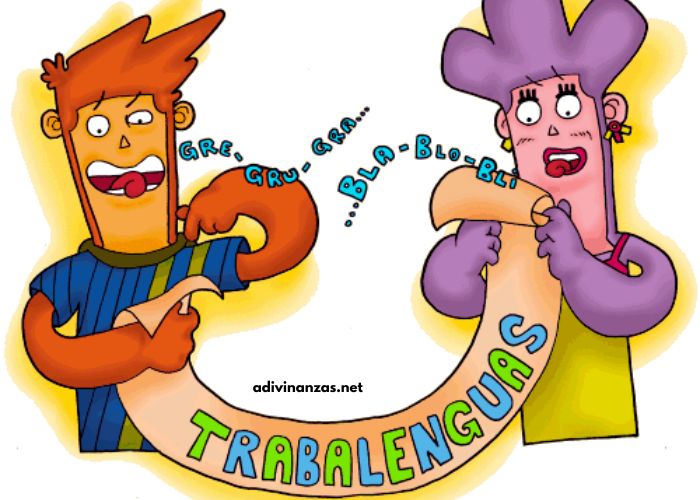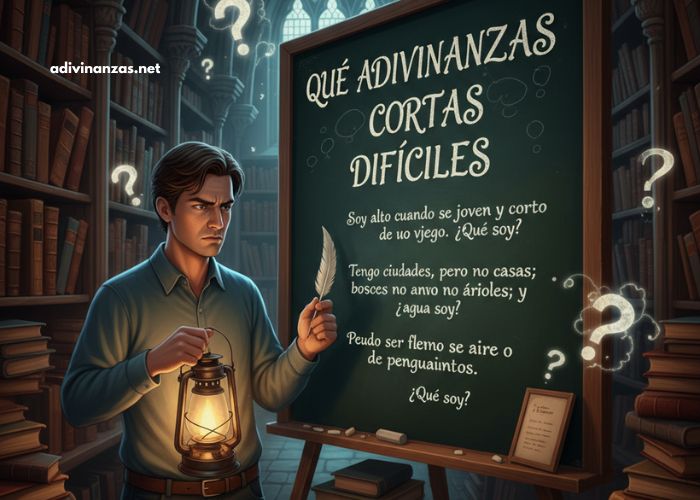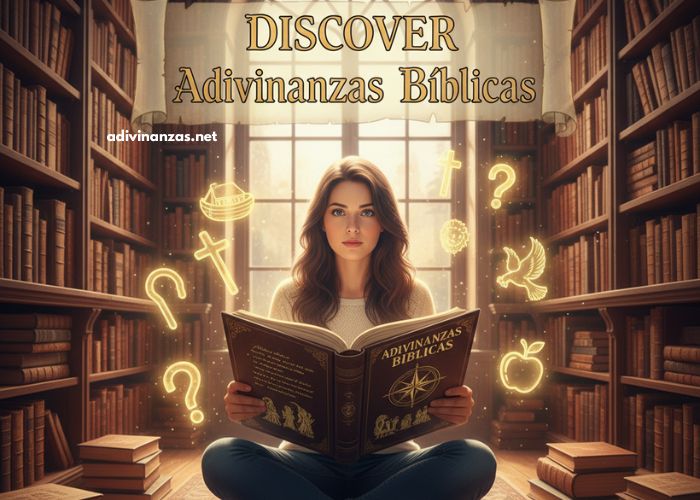Riddles are very fun for kids. They make children think and laugh. Imagenes de adivinanzas para niños are riddles with pictures. Pictures help kids understand the riddle easily. Children can guess answers by looking at the picture and reading the words.
These riddles are very good for learning. Kids learn new words. They also practice thinking and memory. Parents, teachers, and children all can enjoy these riddles. They are easy and fun.
In this blog, we will explain what these riddles are. We will show different types. We will tell how to use them at home and school. We will give examples, tables, and tips. By the end, you will know how to use imagenes de adivinanzas para niños every day.
Key Points:
- Riddles with pictures help kids learn faster.
- Children can play and learn at the same time.
- Imagenes de adivinanzas para niños are easy and fun for all ages.
What Are Imagenes De Adivinanzas Para Niños?
Imagenes de adivinanzas para niños are riddles with pictures. A normal riddle has only words. A picture riddle has both words and a picture. The picture helps kids guess the answer.
For example, a riddle can say: “I have four legs. I bark. I am man’s best friend.” A picture of a dog is shown. The child can guess the answer is “dog.”
These riddles are for different ages. Small children have easy riddles with big, colorful pictures. Older kids can have harder riddles. The picture may only give a small hint.
Using pictures is very good for learning. Kids see the picture, read the words, and think. This helps memory and thinking. Schools and parents use picture riddles like flashcards. Kids enjoy learning more with pictures.
Word Riddles vs Picture Riddles
| Feature | Word Riddles | Imagenes De Adivinanzas Para Niños |
| Has Picture | No | Yes |
| Good for Small Kids | Hard | Easy |
| Memory Help | Medium | Strong |
| Fun Level | Medium | High |
| Learning Speed | Slow | Fast |
Note: Always choose riddles that fit your child’s age. Too hard riddles may confuse kids.
Why Are Imagenes De Adivinanzas Para Niños Good For Learning?
Kids learn better when they are having fun. Imagenes de adivinanzas para niños are fun and helpful. They help kids in many ways.
First, they help kids learn new words. For example, a riddle about a “lion” with a picture helps the child learn the word “lion.”
Second, they help thinking. Children read the riddle and look at the picture. They guess the answer and check if it is correct.
Third, they help with memory. Kids remember words, pictures, and clues.
These riddles also help kids play together. In groups, children can guess answers and share ideas. They laugh and enjoy solving riddles. Teachers use them in class.
Different Types Of Imagenes De Adivinanzas Para Niños
There are many types of riddles with pictures. They are for different ages and topics.
- Animal Riddles: Kids love animals. Riddles about dogs, cats, birds, lions, etc., are very fun. Example: “I fly without wings. I sing without a mouth.” A picture of a bird helps guess the answer.
- Object Riddles: These are riddles about anything you can observe in life. Like chairs, balls, pencils. Example: “I am flat on top and have four legs. You can sit on me.” Picture: a chair.
- Number and Shape Riddles: These are for learning math. Example: “I have three sides. I have three corners.” Picture: triangle.
- Food Riddles: Riddles about fruit, vegetables and snack food. Example: “I am red, I am sweet and I grow on trees. Picture: apple.
These types make riddles easy and fun. Parents can use them for play. Teachers can use them for learning.
Table: Riddle Types and Example
| Type | Example Riddle | Picture Hint |
| Animal | I have a long tail and I roar. | Lion |
| Object | I have four legs. You sit on me. | Chair |
| Number/Shape | I have three sides and corners. | Triangle |
| Food | I am yellow and monkeys love me. | Banana |
Ejemplos of imagenes de adivinanzas para niños
- Soy amarillo y los monos me comen. Qué soy? (Plátano)
- Soy rojo y dulce. Crezco en los árboles. Qué soy? (Manzana)
- Tengo cuatro patas y ladro. Qué soy? (Perro)
- Soy blanco y caigo del cielo en invierno. Qué soy? (Nieve)
- Soy redonda y brilla en el cielo por la noche. Qué soy? (Luna)
- Soy pequeño, verde y salto mucho. Qué soy? (Rana)
- Soy grande y gris. Tengo una trompa. Qué soy? (Elefante)
- Soy amarillo y brillante. Salgo por la mañana. Qué soy? (Sol)
- Tengo alas y pico. Canto por la mañana. Qué soy? (Pájaro)
- Soy negro y blanco y vivo en el frío. Qué soy? (Pingüino)
- Soy rojo y tengo semillas dentro. Qué soy? (Fresa)
- Tengo cuatro ruedas y transporto personas. Qué soy? (Coche)
- Soy verde y redonda. Me comen en ensaladas. Qué soy? (Lechuga)
- Soy dulce y rojo. Me ponen en pasteles. Qué soy? (Cereza)
- Tengo hojas y raíces. Crezco en la tierra. Qué soy? (Planta)
- Soy blanco, redondo y floto en la leche. Qué soy? (Malvavisco)
- Soy naranja y me comen los conejos. Qué soy? (Zanahoria)
- Soy azul y cubro la Tierra. Qué soy? (Agua)
- Soy negro y hago “miau”. Qué soy? (Gato)
- Soy alto y verde. Tengo hojas. Qué soy? (Árbol)
- Soy redondo y naranja. Me usan en Halloween. Qué soy? (Calabaza)
- Soy blanco y voy en el cielo. Qué soy? (Nube)
- Tengo muchos colores y aparezco después de la lluvia. Qué soy? (Arcoíris)
- Soy redondo y caigo del cielo por la noche. Qué soy? (Estrella)
- Soy pequeño y amarillo. Canto por la mañana. Qué soy? (Canario)
- Soy frío y dulce. Me comes en verano. Qué soy? (Helado)
- Tengo patas y pico. Vivo en el agua. Qué soy? (Pato)
- Soy redondo, amarillo y hago zumo. Qué soy? (Limón)
- Soy un insecto que hace miel. Qué soy? (Abeja)
- Soy redondo y ruedo por el suelo. Qué soy? (Pelota)
How To Use Imagenes De Adivinanzas Para Niños At Home And School
Using riddles is very easy. At home, parents can print or use online riddles. Children can solve riddles after dinner or during playtime. Families can laugh and learn together. Parents can ask: “What is it?” and let kids guess.
In schools, teachers can use them in class. In language class, riddles about fruits or animals help kids learn words. In math, shape riddles teach geometry.
There are also digital ways. Many websites and apps have picture riddles. Kids can click, guess, and learn. Parents and teachers can choose free riddles or paid ones.
It is important to make children explain their answers. This helps thinking and reasoning. Children enjoy learning more when they share ideas.
Advantages Of Imagenes De Adivinanzas Para Niños
There are many advantages to these riddles.
- Boosts Thinking: Kids think and guess answers.
- Encourages Creativity: Kids imagine and connect clues.
- Improves Memory: Kids remember words and pictures.
- Helps Language Skills: You can learn so many new words easily.
- Fun And Happy: Kids enjoy learning.
Conclusion
Imagenes de adivinanzas para niños are both fun and smart. They assist children in learning words, thinking and remembering. Children are happiest when they discover the answers to riddles. They can be used for parents and teachers in both home and school.
Riddles with pictures make learning easier. Children enjoy games and learning at the same time. They are simple, fun, and useful. Try using these riddles today and see your child learn with joy.
FAQ’s
- What are imagenes de adivinanzas para niños?
Riddles with pictures that help kids guess answers. - Can small kids use them?
Yes, pictures make it easy for small kids. - Are they free online?
Yes, some websites give free riddles. - Do riddles help learning?
Yes, they help memory, words, and thinking. - Can teachers use them in class?
Teacher can use them in the class with their students. - Are there apps for picture riddles?
Yes, some apps have interactive riddles. - Can kids who cannot read still play?
Yes, pictures help them guess. - Are they good for family time?
These are helpful for the family. Family members can spend their good time playing these. - How many riddles a day are enough?
5–10 riddles daily is good. - Why are picture riddles better than word riddles?
Because it can make learning easy.

